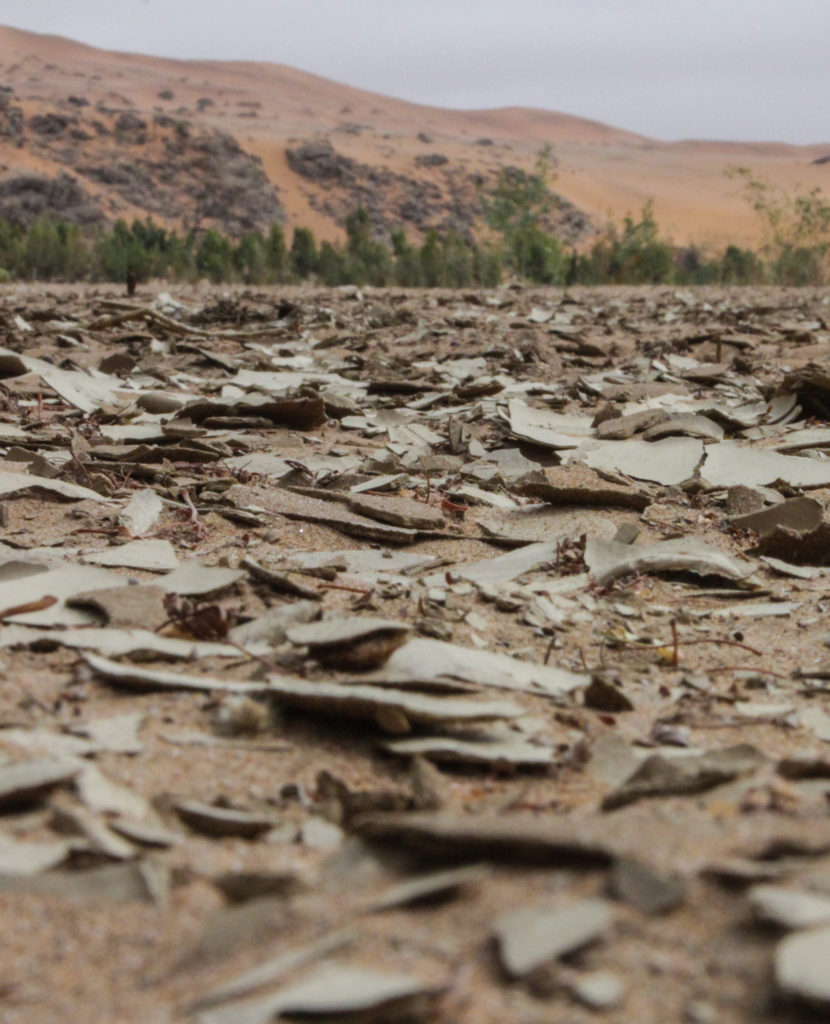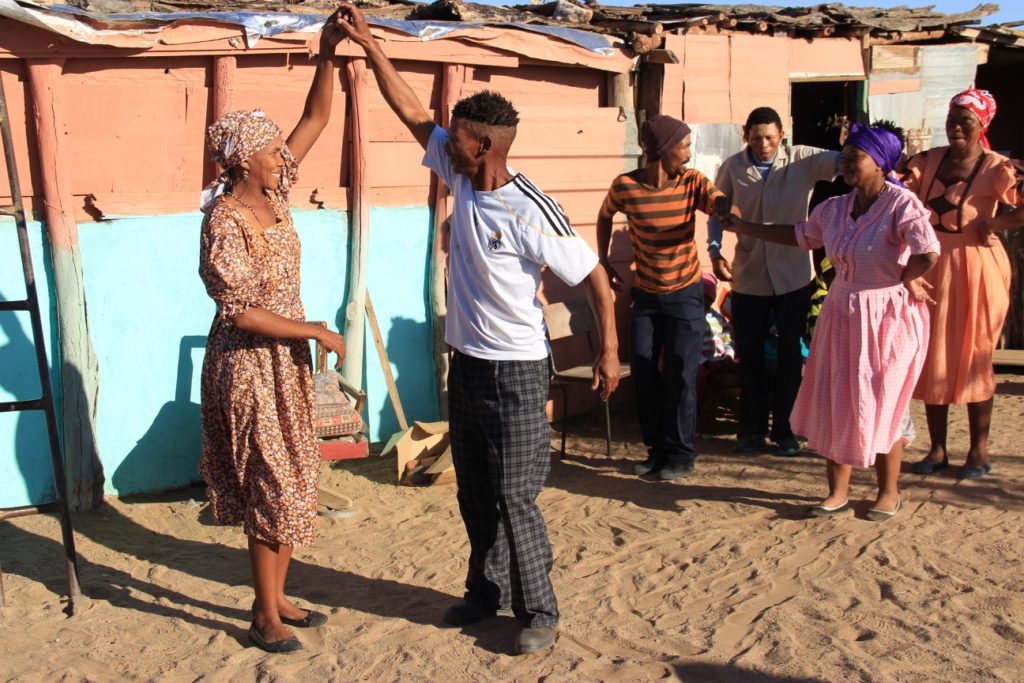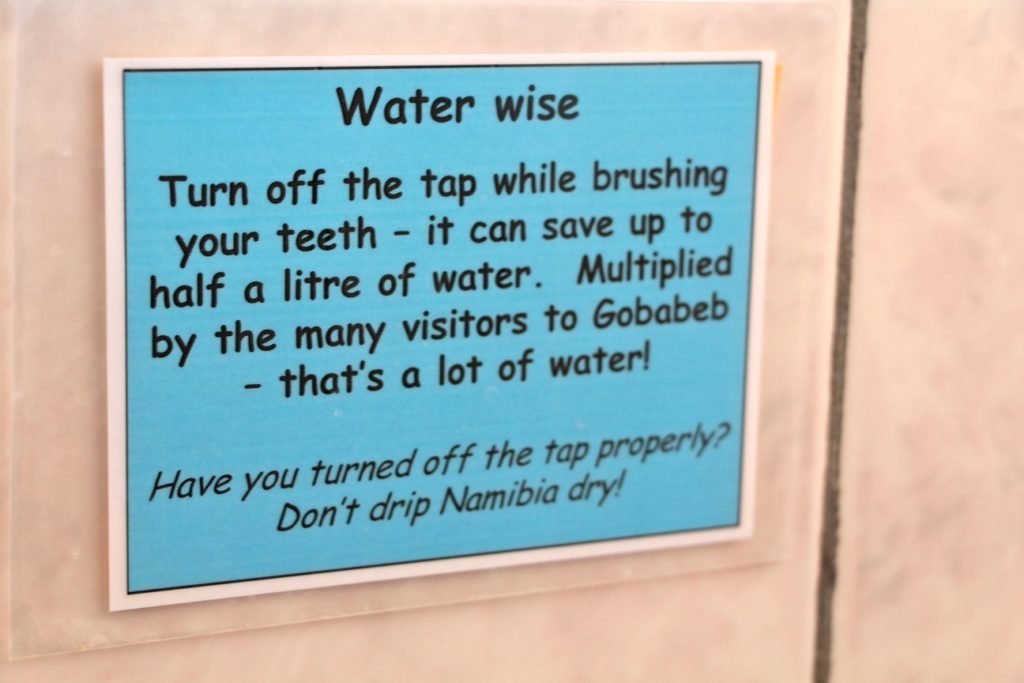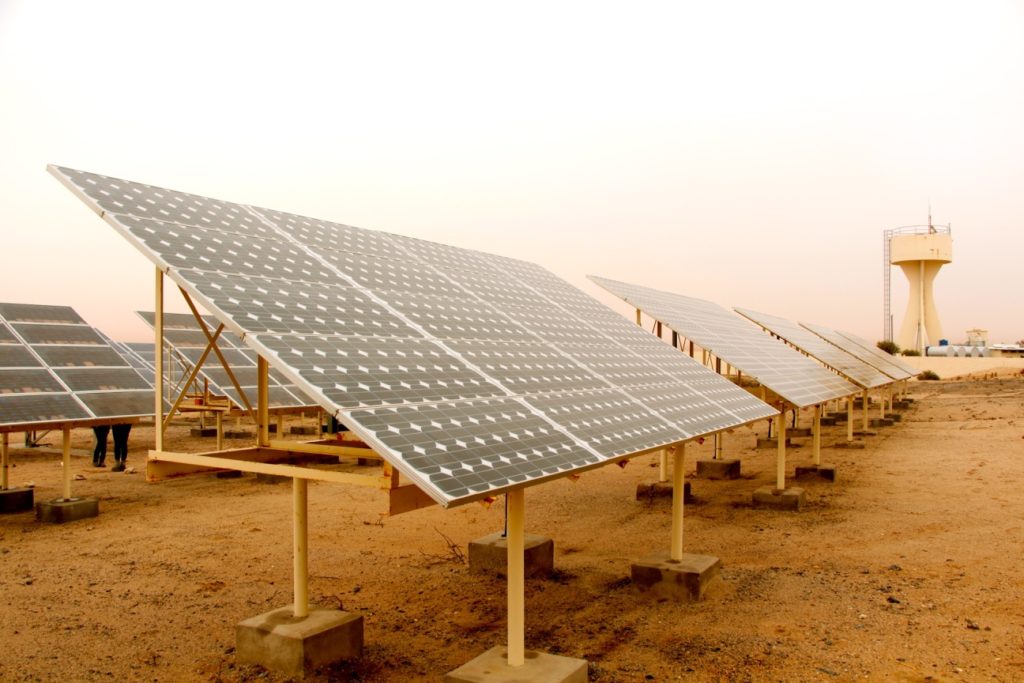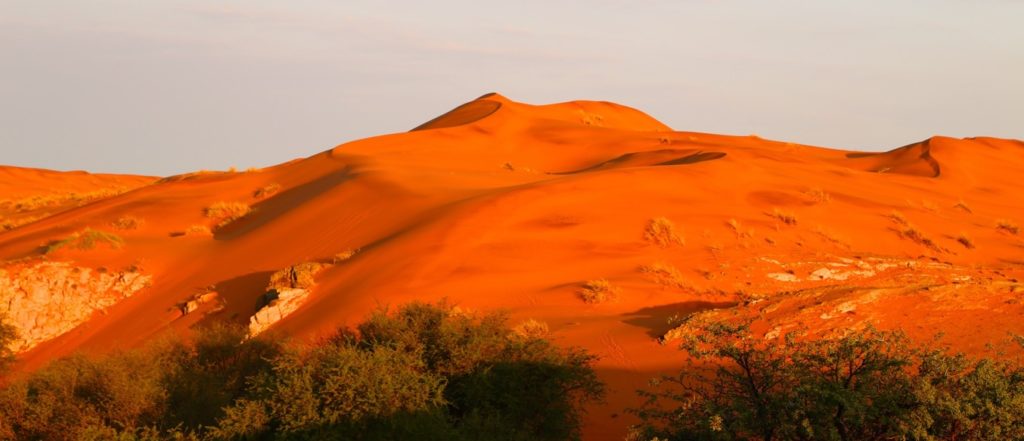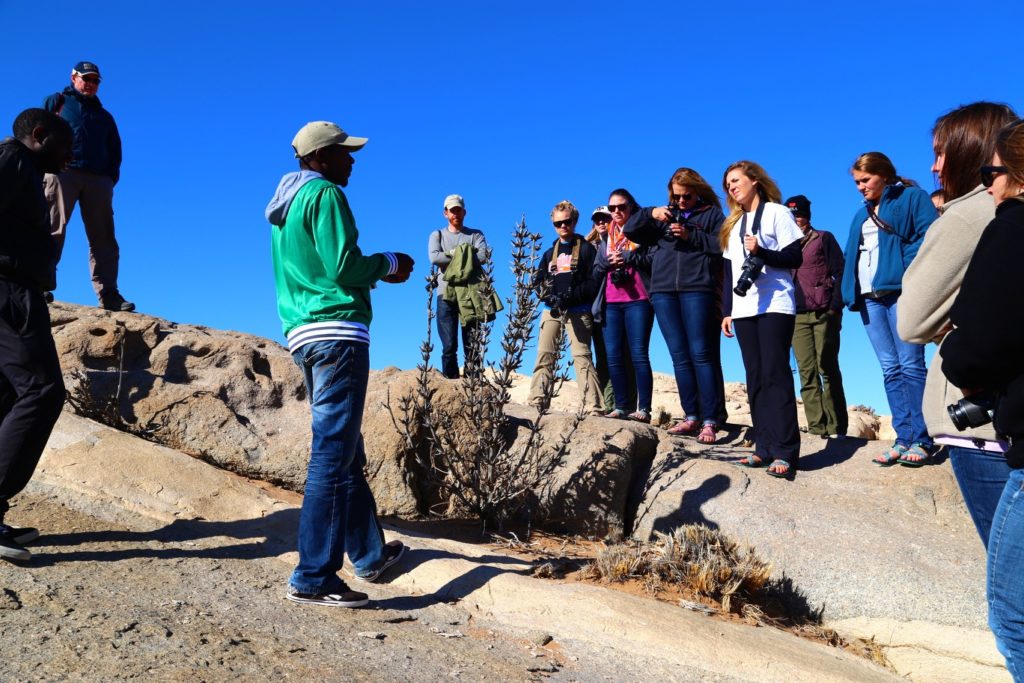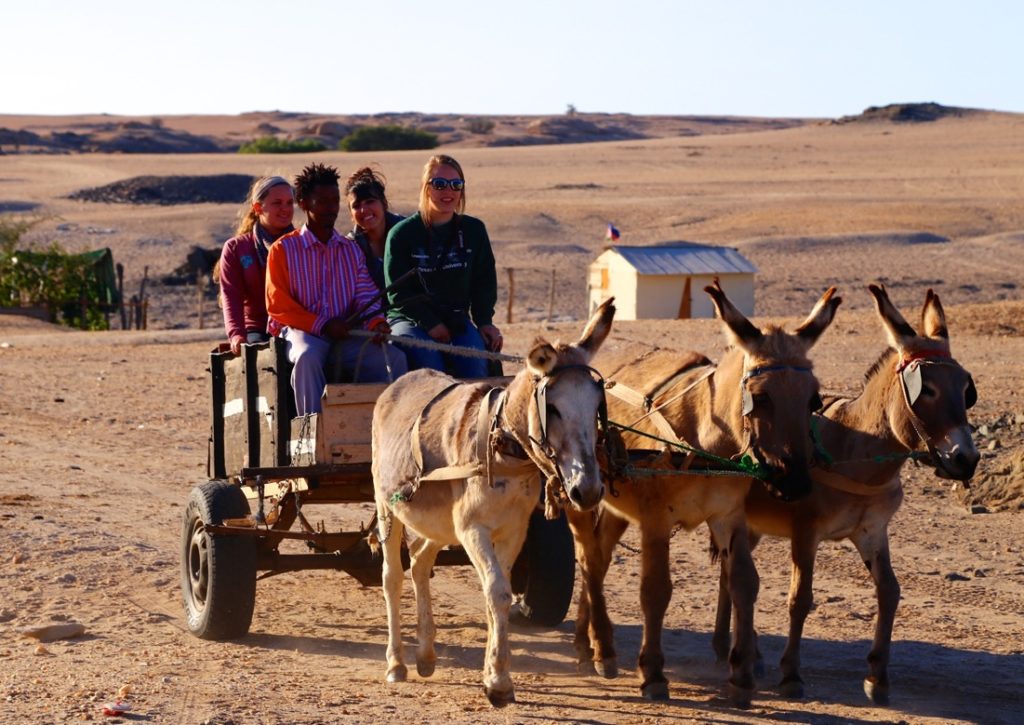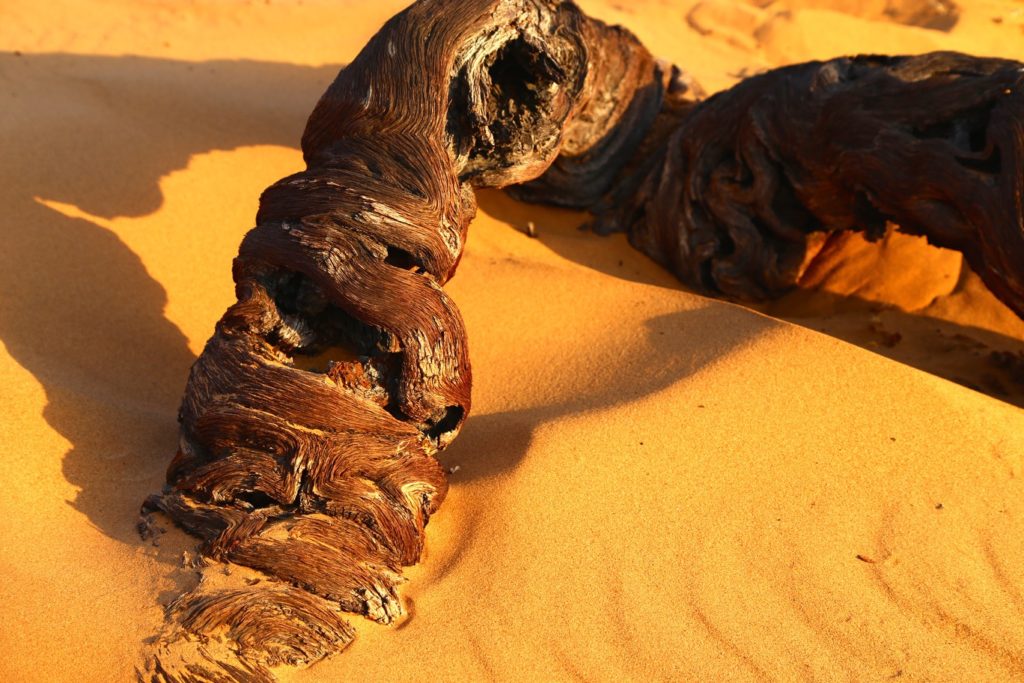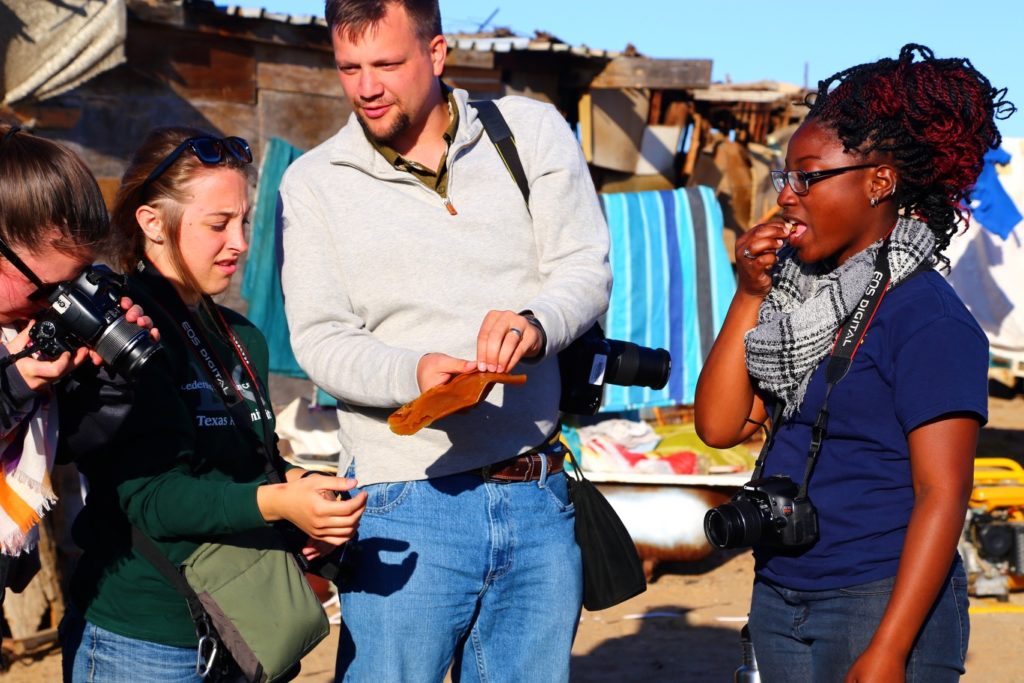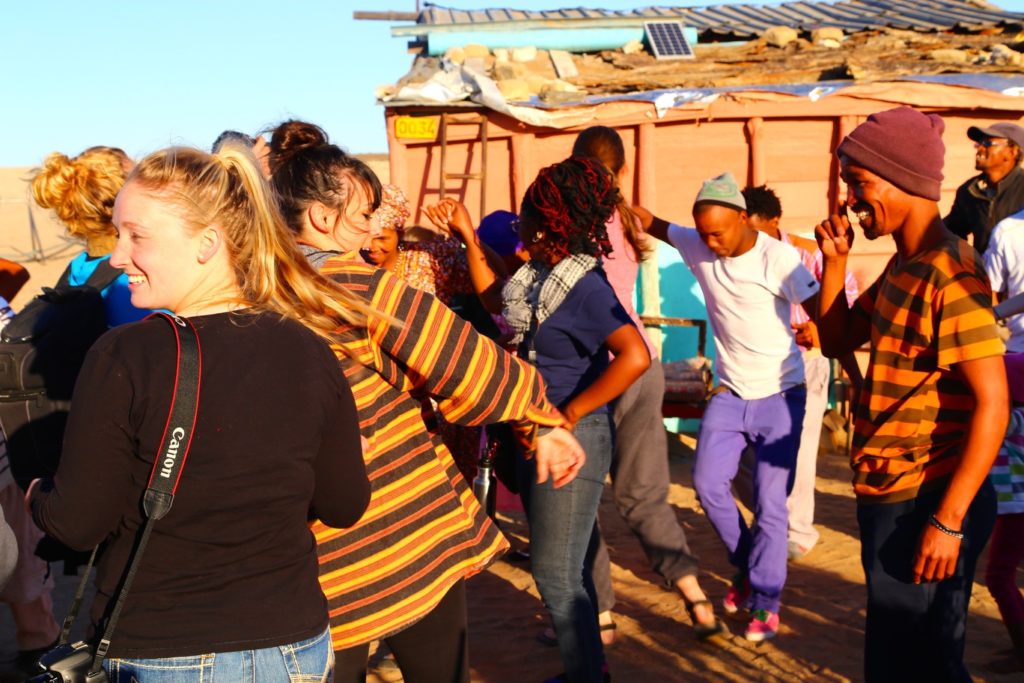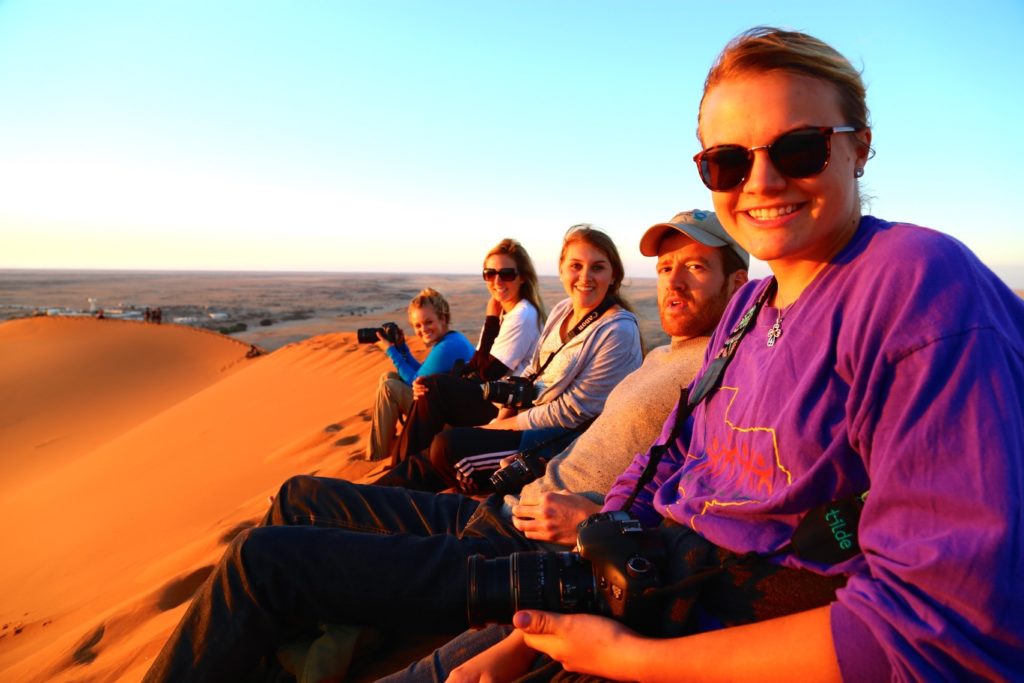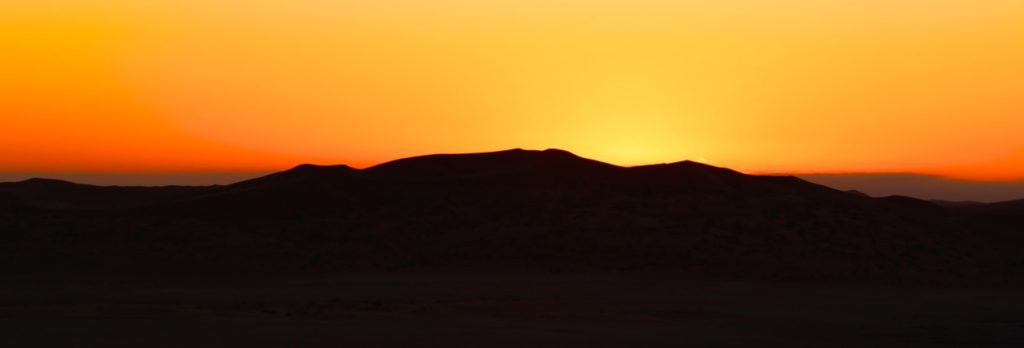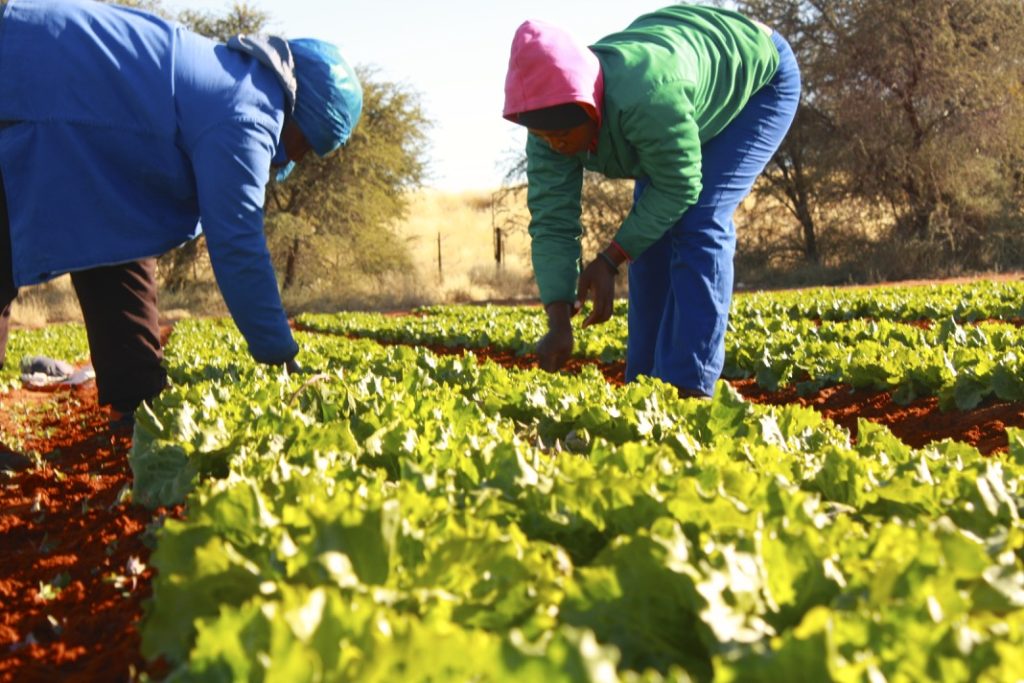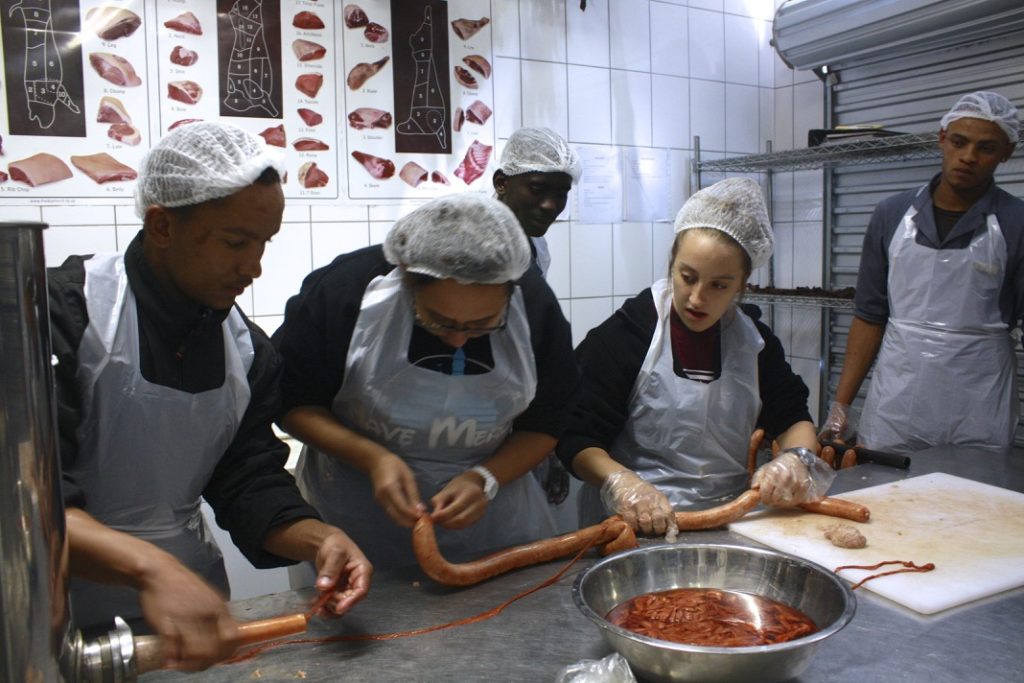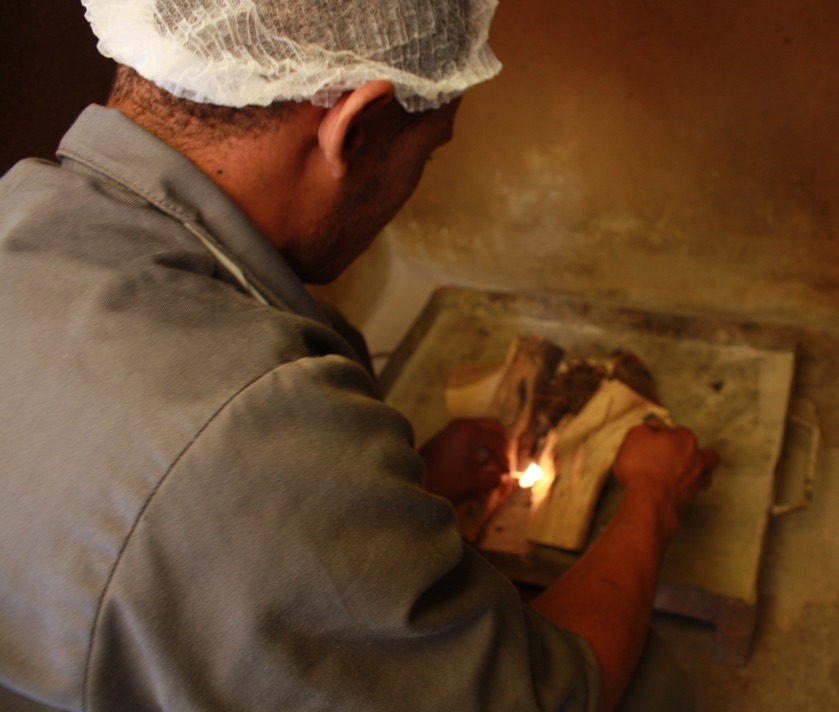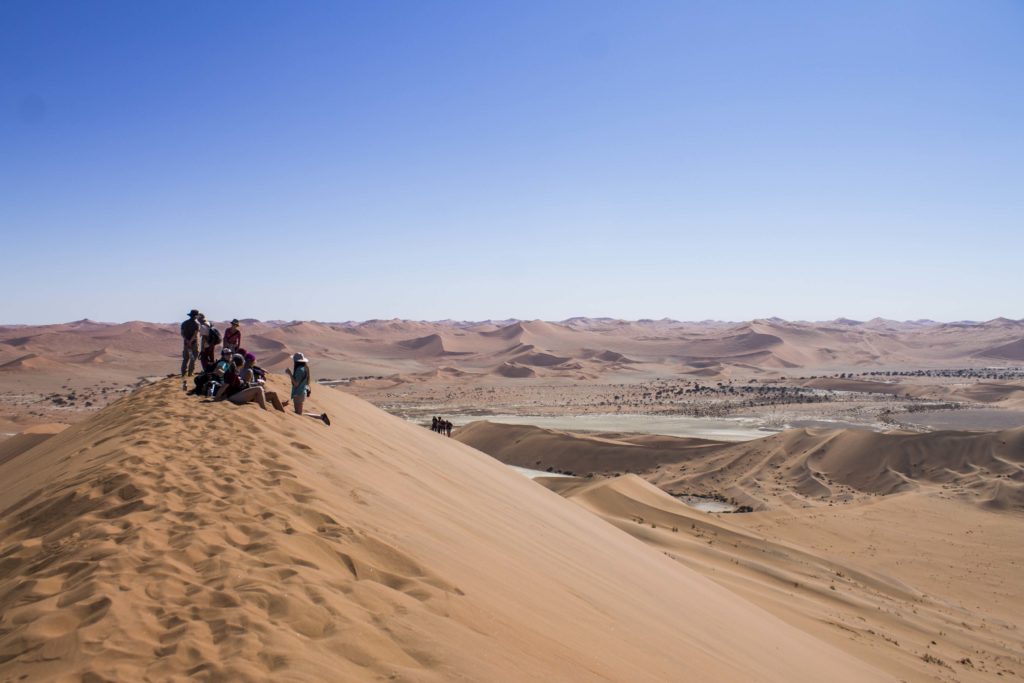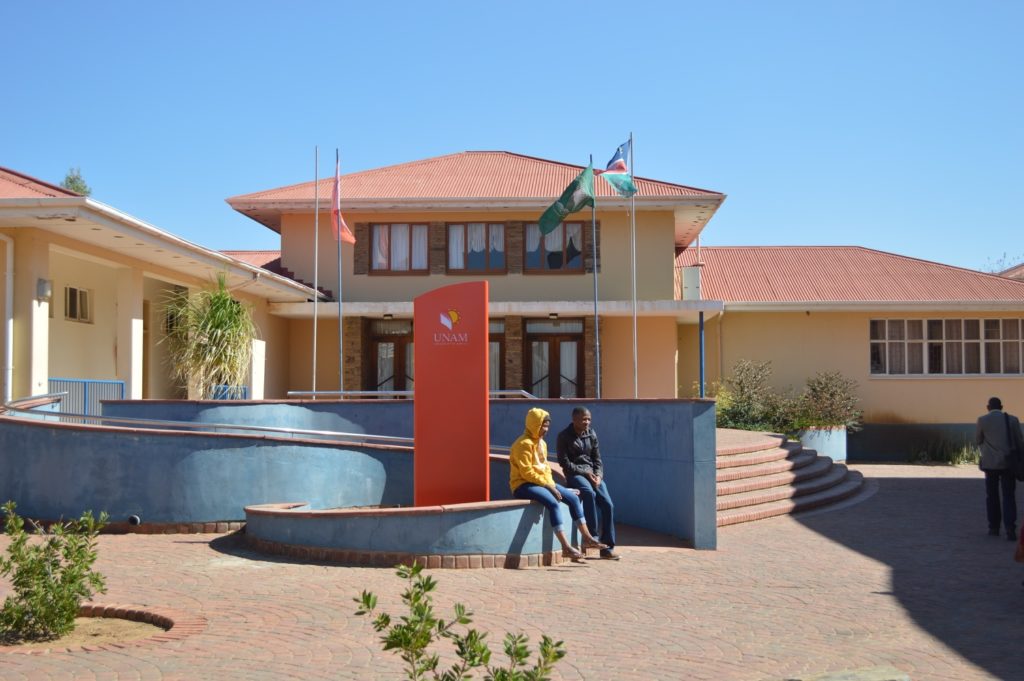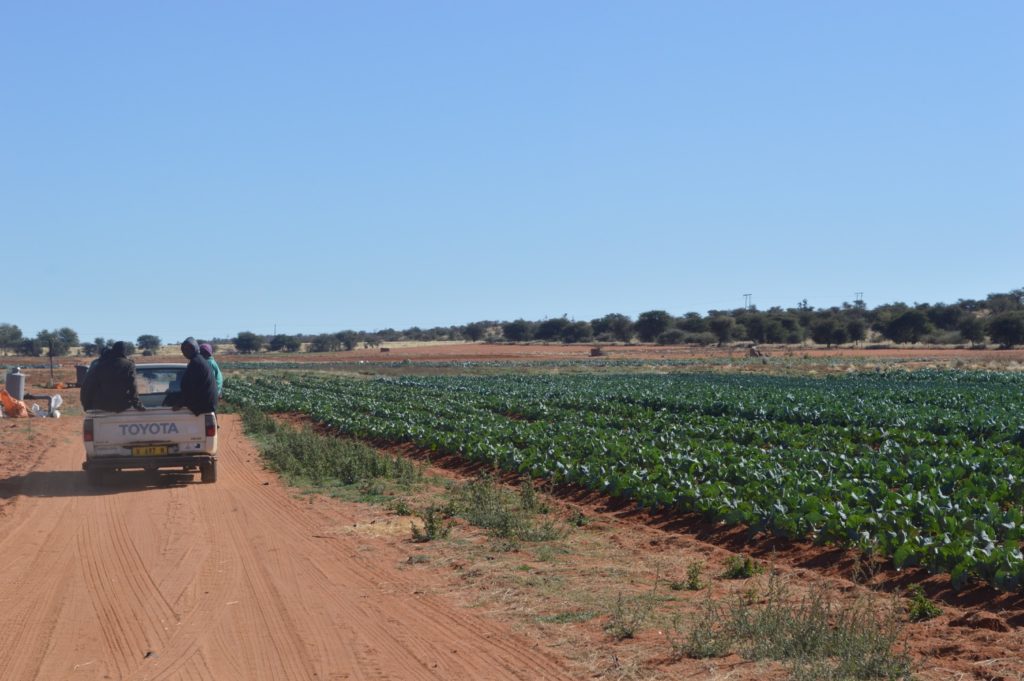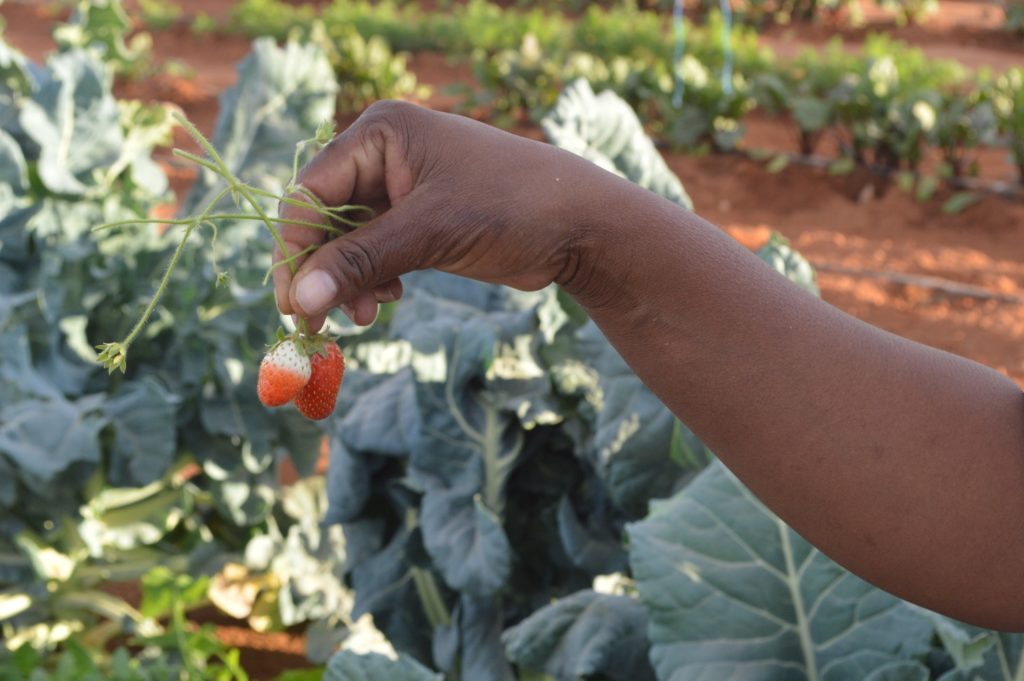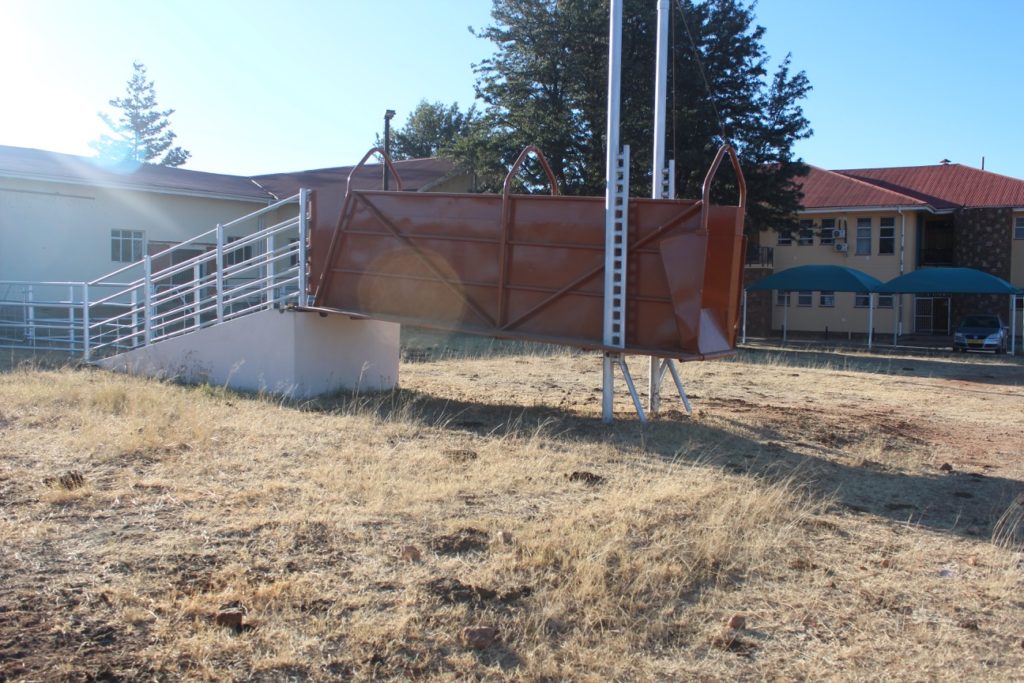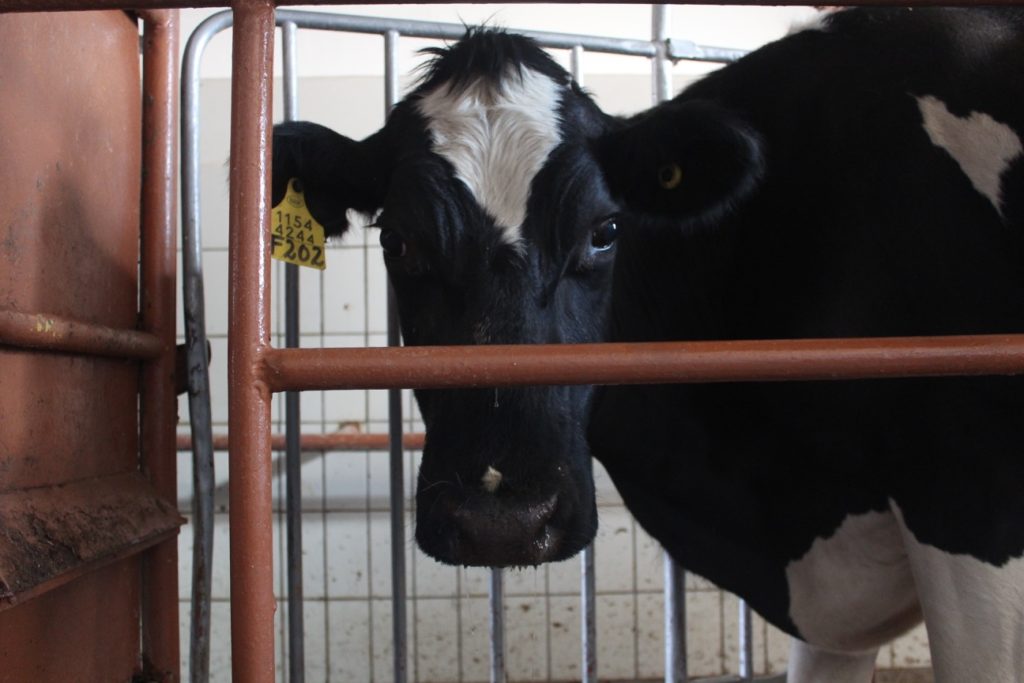Power. When I think of community-based natural resource management, or conservation of a land’s resources with respect to the people who live on the land, a power struggle is the last thing that comes to mind. As I have learned during my study abroad in Namibia, distribution of power and resources plays as big a part in conservation of resources as sustainability. The simplest example of this issue is land ownership. How can a tribe, land-owner, or group of individuals make the most of the land they have if they are constantly feuding with another party for ownership of the land? Once the land is in one’s possession, how can they properly utilize the land without formal education? What if they can’t access or afford the education they need? When it comes down to it, Namibians need education to make the best use of their resources and education costs money. With that being said, the most important question at hand is “How can Namibia educate the masses in an affordable and economically viable way?”
After being fortunate enough to meet with the Peace Corps at the U.S. Embassy in Windhoek, Namibia, I gathered some interesting facts about what community-based natural resource management, or CBNRM, is at its core. Peace Corps Director Patrick McElroy told me “Community-based natural resource management is about identifying the needs of the community and finding solutions to their problems”. His input was incredibly insightful, but following my journalistic instinct, I sought alternate opinions on the topic. Once I did, the complexity of the issue became exponentially clearer. What I already knew only scratched the surface.
From a DEA Research Discussion Paper published in 2004 (Schiffer), I found that “the strength and structure of traditional authorities varies between (and also within) different cultural groups.” The case study conducted between the Damaras and the Hereros, two different Namibian tribes, illustrated that some traditional authorities have more power and leadership capabilities than others. While some are servant leaders, or merely representatives for their respective communities, others may rule with more of an iron fist. The leader’s ability to evoke change plays a substantial role in the success in the community. If a leader can secure land for his people, then they have a better chance to prosper through utilization of resources on the land. “So on the one hand, CBNRM is about grass-roots democracy; but, on the other hand, some [Non Government Organizations] staff saw democratic processes as an obstacle to effective management” (Schiffer).
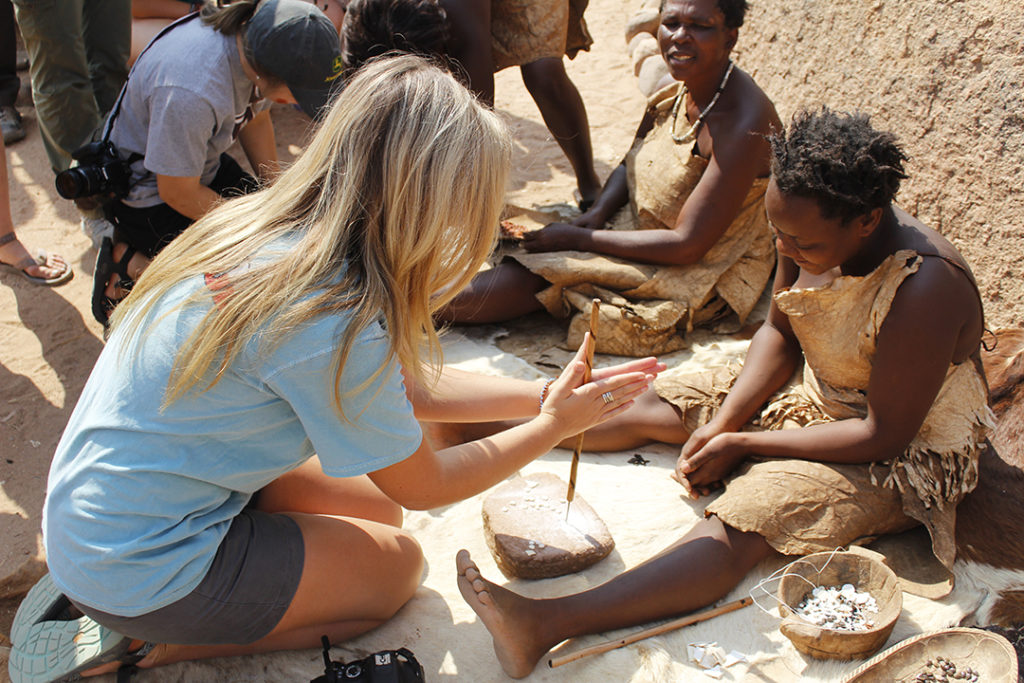
This Damara village uses some of their communal land for a “show village” which brings in revenue through tourism. Texas A&M students are learning how to make jewelry from seeds.
Conservation is so important to the Namibian people that CBNRM is embedded into the constitution of this 25-year-old nation. In fact, 15% of the nation’s land is used for conservancy. Although paramount to the preservation of the country and even helpful in generating revenue, there are some flaws with this system. The government can’t legally exclude unwanted or harmful outsiders, they impose unnecessary costs on entrepreneurs, and they have “a confused process for resolving conflicting land use claims” according to Boudreaux’s essay “Community-Based Natural Resource Management and Poverty Alleviation in Namibia: A Case Study.”

Wild elephants graze communal land occupied by Namibia’s Damara people. They threaten the livelihood of the Damara people’s domesticated cattle by damaging natural resources.
All these facts about the elusive nature and meaning of CBNRM in Namibia boil down to economics. The economics of land propriety in Namibia is paramount to conservancy. Without the means to acquire land and the education required to manage it, there is nothing for the people to conserve.


